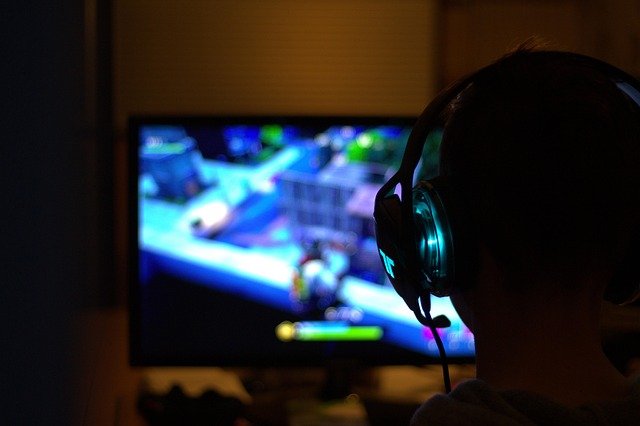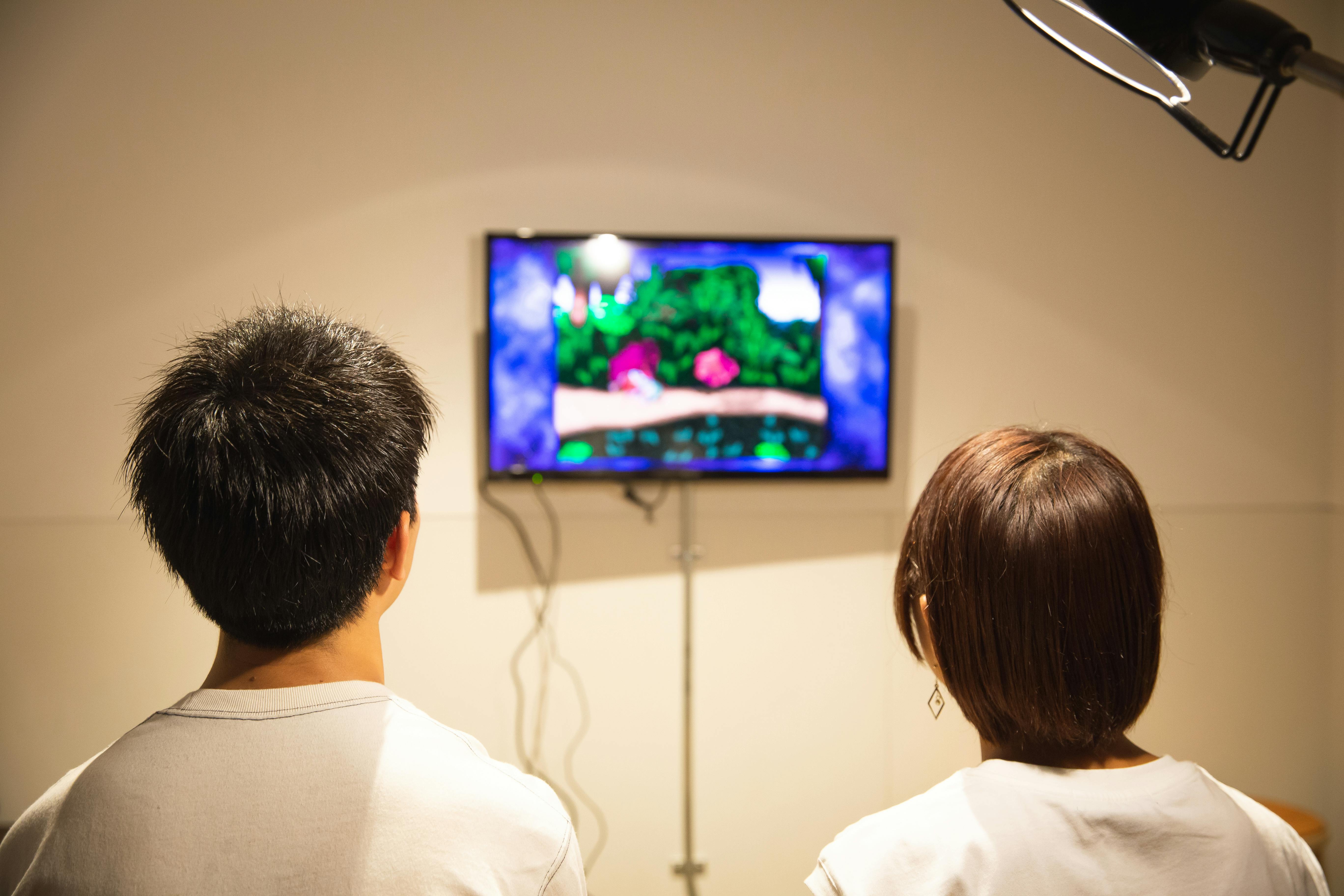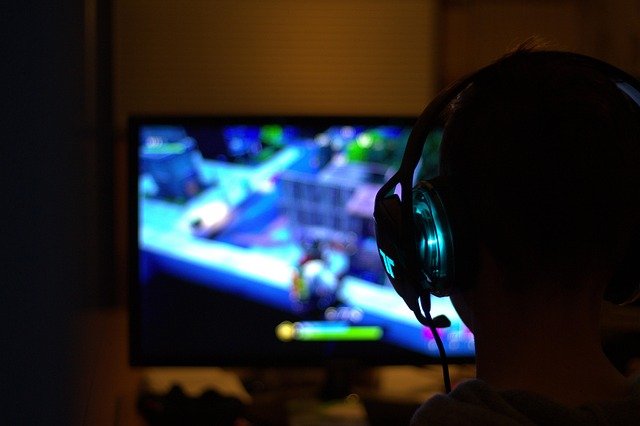Continuous Glucose Monitors: Function and Practical Use
Continuous glucose monitors (CGMs) are wearable medical devices that provide ongoing information about a person’s glucose levels throughout the day and night. They consist of a small sensor placed under the skin that measures interstitial glucose and transmits data to a display device or smartphone. CGMs can help people with diabetes and clinicians identify trends, reduce time spent in harmful glucose ranges, and support treatment adjustments in real-world settings. Understanding how they work, what data they provide, and how they fit into broader healthcare plans helps patients make informed choices about monitoring and self-care.

This article is for informational purposes only and should not be considered medical advice. Please consult a qualified healthcare professional for personalized guidance and treatment.
What is a continuous glucose monitor?
A continuous glucose monitor is a compact sensor-and-transmitter system that continuously measures glucose in the fluid between cells (interstitial fluid). Unlike single-point fingerstick tests, CGMs collect readings every few minutes, generating a stream of data that shows direction and rate of change. Most systems include a small sensor inserted just under the skin, a transmitter that sends data, and a receiver or compatible smartphone app for viewing. CGMs are classified as medical devices and are regulated for safety and performance in many countries.
How do CGMs measure glucose?
CGMs use an enzyme-based sensor—commonly glucose oxidase—embedded on the sensor filament to react with glucose in interstitial fluid and produce an electrical signal proportional to glucose concentration. The device’s algorithm converts that signal into glucose values, and calibration may be required depending on the system. Readings reflect interstitial rather than blood glucose and can lag behind fingerstick values by several minutes, especially during rapid glucose changes. The sensor typically has a wear period ranging from several days to weeks before replacement is needed.
Who benefits in diabetes management?
People with type 1 diabetes and many with type 2 diabetes who use insulin are common CGM users, because continuous data can reduce hypoglycemia risk and inform insulin dosing and lifestyle decisions. CGMs also assist clinicians and diabetes care teams in evaluating patterns such as nocturnal lows, dawn phenomenon, or post-meal spikes. For some patients, glucose trend alerts and remote monitoring features support safety and independence. Use should be individualized: a healthcare professional can determine whether a CGM is appropriate based on treatment goals, ability to respond to alerts, and overall care plans.
How does a CGM fit into healthcare and care plans?
In a healthcare context, CGM data can complement clinical visits by providing objective measures of glycemic variability, time-in-range, and response to therapy changes. Many clinics review CGM reports during follow-up to tailor medication, nutrition, and behavioral strategies. Some systems can share data remotely with caregivers or clinicians, which can be helpful for telehealth consultations and coordinated care. Integrating CGM use typically involves training on sensor insertion, calibration if needed, interpreting trend graphs, and setting meaningful alert thresholds with clinical oversight.
What to consider about this medical device before use?
When evaluating a CGM as a medical device, consider accuracy specifications, sensor wear duration, insertion method, data-sharing features, and compatibility with other devices such as insulin pumps or smartphones. Think about alert settings and whether you prefer audible alarms or vibration, and whether you need customizable notifications for high or low glucose. Skin sensitivity, adhesive performance, and ease of replacement are practical concerns. Discuss with a clinician any contraindications, how to respond to alerts, and how to reconcile CGM readings with occasional fingerstick checks for clinical decisions.
Conclusion
Continuous glucose monitors provide a continuous stream of glucose information that can enhance self-management and clinical oversight for many people with diabetes. They differ from traditional fingerstick tests by showing trends and rates of change, which supports more nuanced decisions about insulin, diet, and activity. Appropriate selection, training, and clinical collaboration help ensure that CGMs are used safely and effectively as part of a broader healthcare plan.




